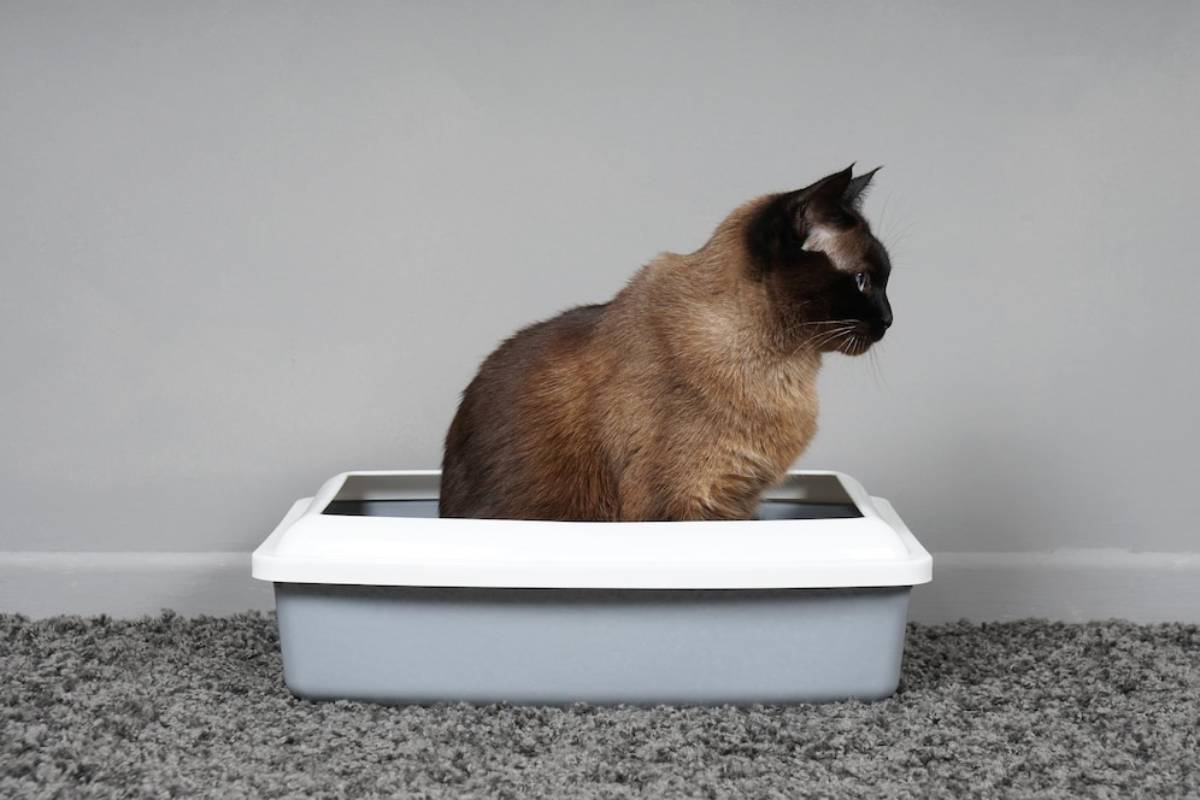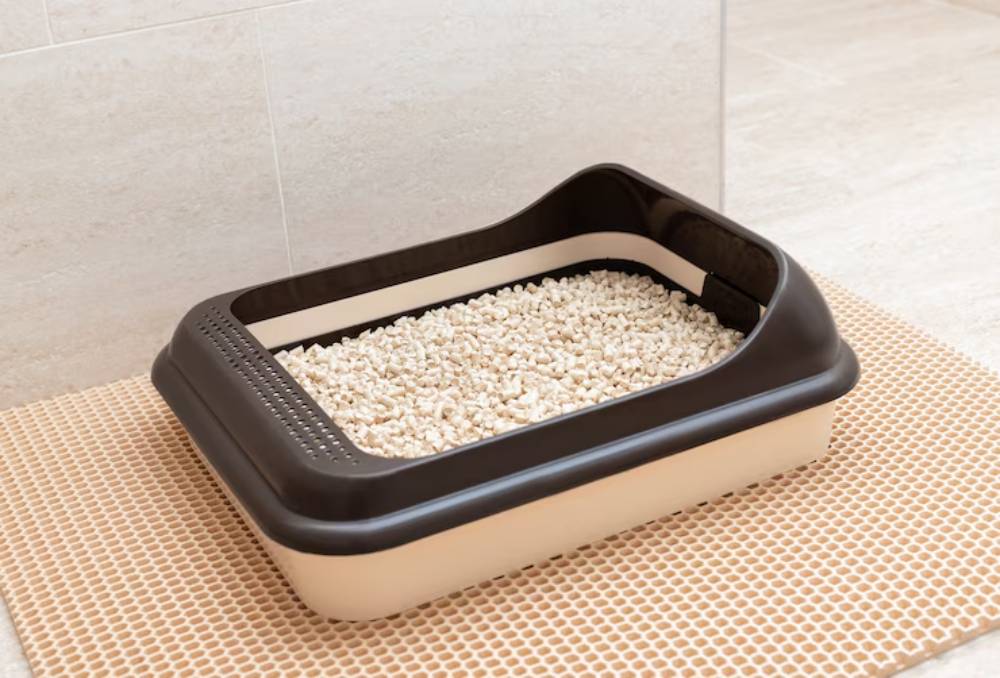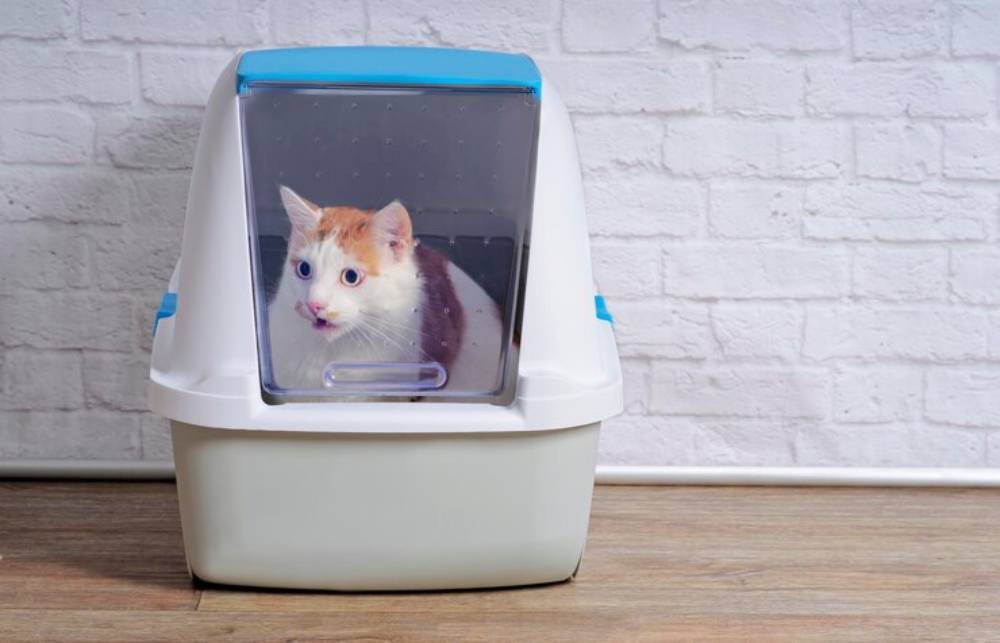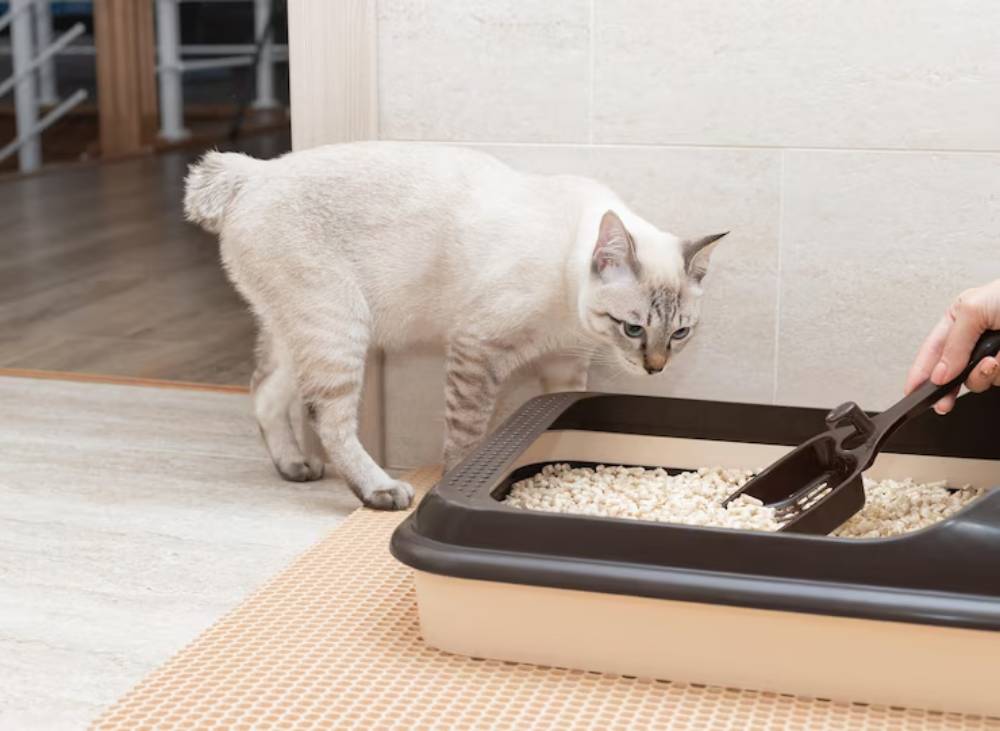
Choosing the Right Litter Box for Your Cat
Imagine your cat stops using their litter tray, leaving you with a not-so-pleasant surprise on your living room rug. If you’ve been there, you’re not alone. One of the most common reasons cats reject their litter boxes is that the setup doesn’t meet their needs. That’s why choosing the correct litter box for your cat isn’t just a matter of convenience—it’s a key part of good pet care.
In this blog, we’ll explore how to select the best cat litter box, based on size, type, placement, and your cat’s unique personality. From kittens to senior cats, indoor-only pets to multi-cat households, we’ll guide you through everything you need to create a litter-friendly environment that keeps you and your feline happy.
Understanding Your Cat’s Needs
Cats are famously fussy creatures. A litter box that seems perfectly fine to us might feel cramped, exposed, or simply wrong to your cat. Understanding their instincts can help you choose better.
- Cats prefer cleanliness and privacy.
- They need space to turn around and dig comfortably.
- They dislike strong odours and noisy surroundings.
If you’ve ever watched your cat circle the box, dig, then suddenly bolt, it could be their way of saying: “Nope, not today.”
Types of Litter Boxes
Let’s break down your main options when it comes to litter trays:
Open Litter Boxes

The classic tray is easy to clean, affordable, and allows good airflow. However, it offers little privacy and may not contain odours well.
Best for: Easy-going cats who don’t mind being exposed while doing business.
Covered or Hooded Boxes

These have lids, offering more privacy and reducing smells. Some cats love them, while others hate feeling trapped.
Watch out: The hood might feel claustrophobic if your cat is large or anxious.
Top-Entry Boxes
Trendy and neat. Cats jump in from the top, which helps reduce litter tracking. Ideal for cats who like privacy—and owners who like clean floors.
Caution: Not great for kittens, older cats, or those with mobility issues.
Self-Cleaning Litter Boxes
These are high-tech, low-maintenance. They use sensors and rakes to clean themselves after each use. While convenient, some cats find the noises frightening.
Note: Always test with a basic model before upgrading. Some cats simply won’t adapt.
Choosing the Right Cat Litter Box Size
Size truly matters here. As a rule, the litter box should be 1.5 times the length of your cat. Too small, your cat might step out while doing their business—or worse, decide not to use it.
- For kittens, start small but be ready to size up.
- For large breeds like Maine Coons: Get extra-large trays.
- For senior cats, Lower sides help them enter easily.
Where to Place the Cat Litter Box
Even the best box won’t work if it’s in the wrong place. Cat litter box placement can make or break your training efforts.
Do:
- Place it in a quiet, low-traffic area.
- Ensure easy access, especially if your home has multiple floors.
- Keep it away from food and water bowls.
Don’t:
- Put it near loud appliances (washing machines, dryers).
- Hide it in tight, hard-to-reach corners.
- Change locations frequently—it confuses your cat.
Checklist: Key Factors for Picking the Best Litter Box for Cats
- Fits your cat’s size comfortably
- Matches their age and mobility
- Suits their personality (shy cats = more privacy)
- Works for the number of cats in your home
- Easy to clean
- Placed in a quiet, accessible spot
- Doesn’t trap odours or moisture
Step-by-Step: Introducing a New Litter Box
- Let your cat explore it before adding litter.
- Use the same litter brand they’re used to.
- Place it near the old one during the transition.
- Clean both boxes daily to encourage use.
- Remove the old box only when the new one is consistently used.
Pro Tips from Pet Behaviour Experts
- More cats = more boxes. A common rule is one box per cat, plus one extra.
- Avoid liners and strong scents. Cats have sensitive noses.
- Monitor for changes. If your cat suddenly stops using the box, rule out medical issues first.
Best Practices: Maintaining a Clean and Comfortable Litter Area

- Scoop at least once daily.
- Wash the tray weekly with unscented soap.
- Replace litter fully every 7–10 days.
- Avoid bleach or citrus cleaners—cats hate the smell.
Frequently Asked Questions
1. What is the best litter box for cats with long fur?
Go for a large, open tray with non-stick surfaces. Long-haired cats may benefit from low-dust, clumping litter.
2. How big should a cat litter box be?
At least 1.5 times your cat’s body length. Bigger is always better if you have the space.
3. Can I place the litter box in the bathroom?
Yes—just ensure it’s quiet and accessible. Close the toilet lid to avoid confusion!
4. Why does my cat stop using the litter box?
Common reasons include dirty trays, odours, poor placement, or health problems. Observe behaviour and consult your vet if unsure.
5. Is it okay to have multiple litter boxes in one room?
It’s fine as long as each is accessible and doesn’t feel cramped. Ideal for multi-cat homes.
6. How often should I change the entire litter?
Weekly is ideal for clumping litter; more often for non-clumping types.
7. Should I use a mat under the litter box?
Yes, to catch litter tracking and keep the area cleaner. Choose non-slip, easy-to-clean mats.
Tailoring the Perfect Litter Space
Finding the best cat litter box is more than style or budget—it’s about creating a setup that respects your cat’s instincts. From choosing the right cat litter box size to deciding on ideal placement, every choice plays a part in your cat’s comfort and hygiene.
A well-chosen box supports litter training and strengthens your bond with your feline friend. When your cat feels safe and satisfied, accidents decrease, and harmony returns to your home.
Tried a litter box that transformed your routine? Share your story in the comments below or tag us on social media with your cat’s favourite setup!


